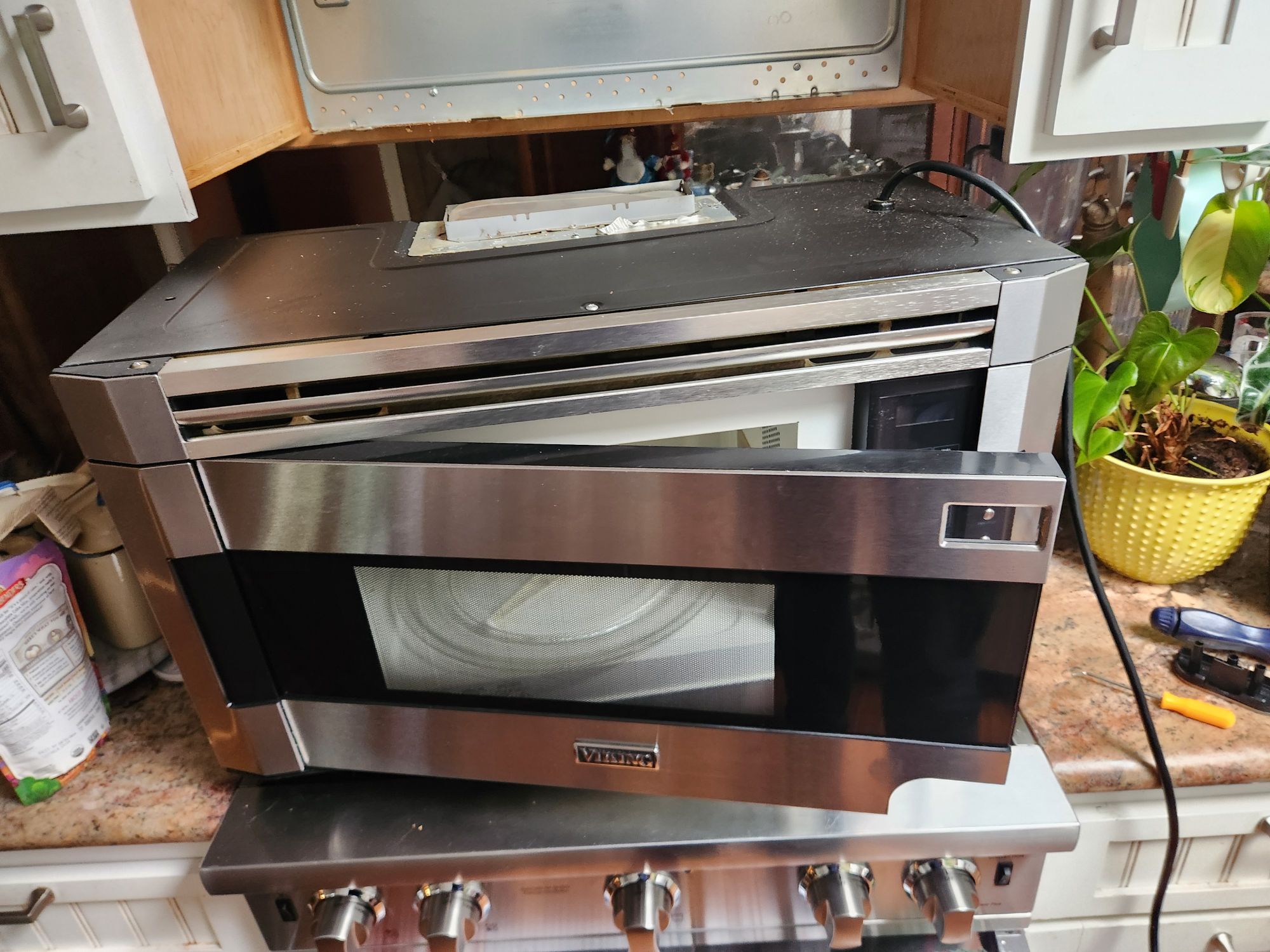
Microwaves are a staple in most modern kitchens, offering quick, convenient heating. But what happens when the door won’t open? A stuck microwave door is more than just a nuisance—it can be a sign of underlying mechanical or electrical problems that may require professional attention. In this article, we’ll explore the most common causes of a jammed microwave door and what you can do about it.
Common Reasons Why Your Microwave Door Won’t Open
1. Faulty Door Latch Mechanism
The latch mechanism is one of the most frequent culprits. Most microwave doors have small plastic hooks or tabs that insert into slots in the frame. These engage with a latch or switch inside the microwave to signal it’s safe to operate. If the latch is broken or misaligned, it may fail to release the door when you press the button or pull the handle. Signs of a faulty latch:- Door feels jammed or stiff.
- You hear a click, but the door doesn’t open.
- The microwave doesn’t start because it thinks the door is still open.
2. Broken Door Handle or Button
Many microwaves, especially countertop models, rely on a spring-loaded button or pull handle to open the door. Over time, these parts can wear down or break, especially if subjected to excessive force or frequent use. Signs of damage:- Button gets stuck or has no resistance.
- Handle is loose, cracked, or entirely detached.
- Pressing the button doesn’t trigger any action.
3. Stuck Door Release Lever
Inside the microwave, a door release lever connects the button to the latch mechanism. If the lever becomes detached or stuck due to debris, wear, or broken components, it won’t engage the latch to open the door. This is more likely in older models or those that have been subjected to frequent door slamming or internal contamination (like steam or spills).4. Damaged Door Springs
Some microwave doors use tension springs to maintain the proper open/close action. These can weaken, stretch, or break over time, making the door difficult or impossible to open without applying unusual force. If your microwave door was slowly getting harder to open over time before it stopped completely, damaged springs might be the issue.5. Electrical or Control Panel Malfunction
In some high-end or built-in microwave models, door functions may be tied to the control panel. If there’s an internal electrical fault or the control board isn’t functioning properly, the door mechanism might not receive the command to release. This issue is less mechanical and more electrical in nature—requiring diagnostics and possibly circuit board repairs or replacements.How to Safely Handle a Stuck Microwave Door
Before attempting any repairs, it’s crucial to unplug the microwave to avoid electrical shock. Even if the microwave isn’t running, internal capacitors can still store dangerous voltage. Here are a few safe steps to try:- Inspect the door from the outside. Check for visible damage to the latch or handle.
- Gently press or jiggle the button or handle. Sometimes the mechanism is slightly misaligned and just needs a careful nudge.
- Do not force the door open. Excess pressure can cause further damage to the internal components or the microwave casing.
Can You Still Use a Microwave With a Stuck Door?
The simple answer is no. Even if the appliance is technically functional, a stuck door makes it unsafe to operate. The microwave relies on the door being securely shut to contain microwave radiation. Any malfunction in the door mechanism is a potential safety hazard. Attempting to use a microwave with a malfunctioning door can also cause further internal damage and pose a fire or injury risk.When to Call a Professional
If the problem is related to internal components such as the latch assembly, springs, or electronic control systems, DIY repair is not recommended unless you’re trained in appliance repair. Microwaves are complex and potentially dangerous if mishandled. A licensed technician can:- Safely dismantle the unit.
- Replace or realign broken components.
- Test for electrical faults.
- Ensure the microwave meets safety standards after repair.
Preventing Door Issues in the Future
To reduce the risk of door malfunctions:- Avoid slamming the door shut.
- Keep the latch and surrounding areas clean. Food particles and grease can interfere with proper function.
- Do not hang heavy items on the door.
- Use the button or handle gently but firmly.